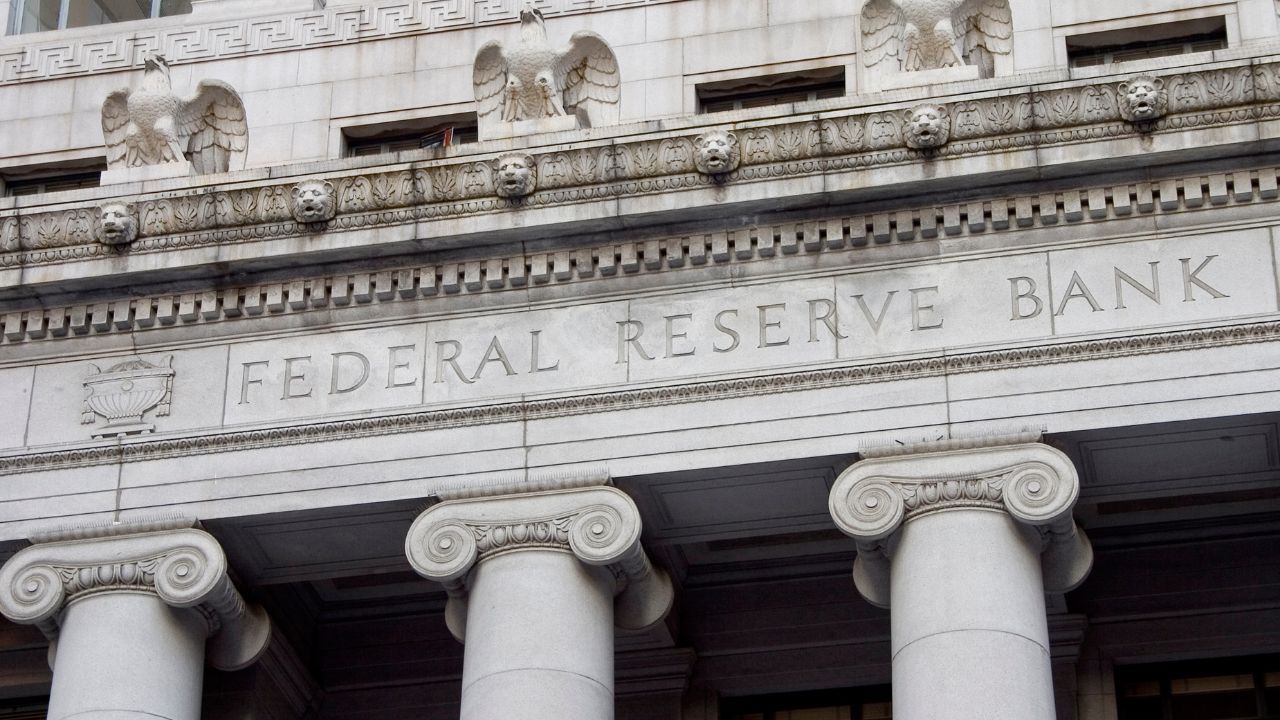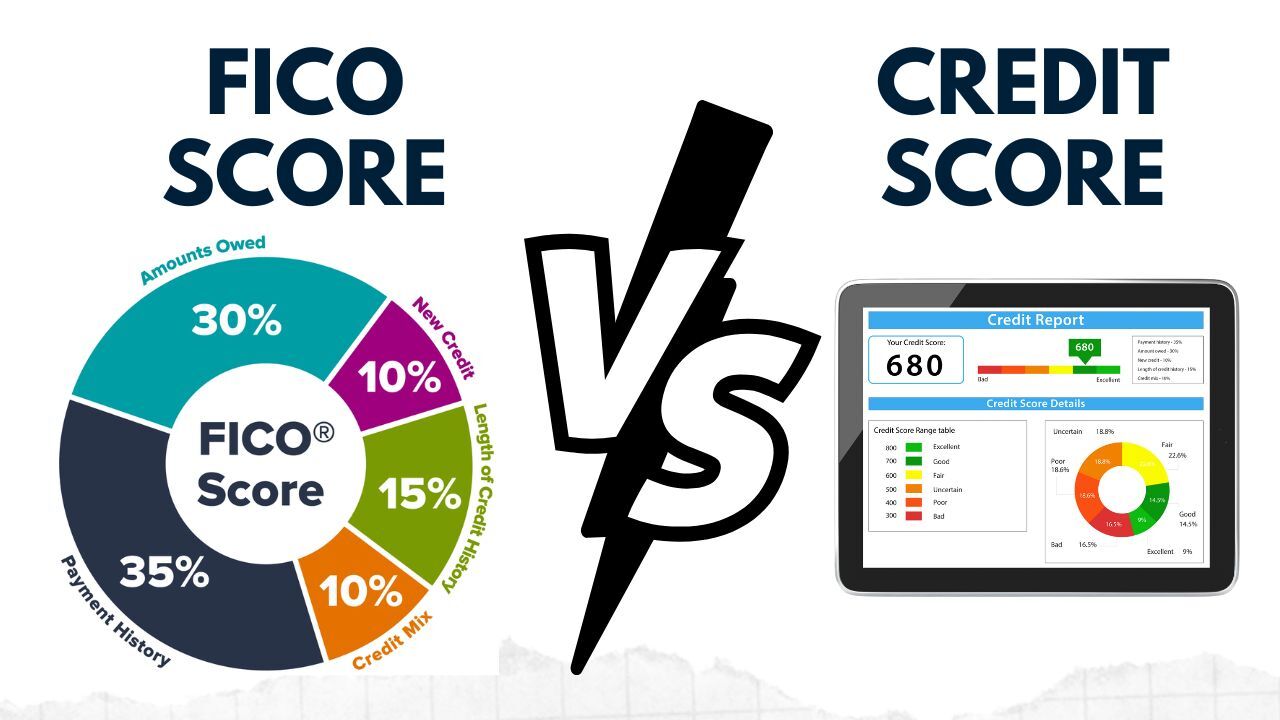 When you’re thinking about buying a home, you may hear a lot about mortgage rates going up or down. But have you ever wondered what causes these changes? One of the biggest influences on mortgage rates is the Federal Reserve, often called “the Fed.” While the Fed doesn’t set mortgage rates directly, its policies play a major role in how much you’ll pay for your home loan. Let’s break it down in simple terms:
When you’re thinking about buying a home, you may hear a lot about mortgage rates going up or down. But have you ever wondered what causes these changes? One of the biggest influences on mortgage rates is the Federal Reserve, often called “the Fed.” While the Fed doesn’t set mortgage rates directly, its policies play a major role in how much you’ll pay for your home loan. Let’s break it down in simple terms:
What is the Federal Reserve?
The Federal Reserve is the central bank of the United States. Its main job is to keep the economy stable by managing inflation, employment, and interest rates. Think of the Fed as the “guardian” of the economy, adjusting financial policies to keep things running smoothly.
How the Fed Influences Mortgage Rates
The Fed doesn’t set mortgage rates directly. Instead, it controls something called the federal funds rate, which is the interest rate banks charge each other to borrow money overnight. Changes in this rate have a ripple effect on other interest rates, including those for mortgages.
Here’s how it works:
- When the Fed raises rates – Borrowing money becomes more expensive for banks, and they pass that cost onto consumers in the form of higher mortgage rates.
- When the Fed lowers rates – Borrowing becomes cheaper, and mortgage rates often decrease, making it more affordable to buy a home.
Why Does the Fed Raise or Lower Rates?
The Fed adjusts rates based on the overall health of the economy.
- If inflation is high – The Fed raises interest rates to slow down spending and borrowing. This helps bring inflation under control but can make mortgage rates higher.
- If the economy is struggling – The Fed lowers rates to encourage borrowing and spending, which can lead to lower mortgage rates and make homeownership more affordable.
How Fed Decisions Affect Homebuyers
Since mortgage rates influence your monthly payments, even a small increase can mean paying thousands more over the life of your loan. Let’s look at an example:
- A $300,000 loan at 3% interest – Monthly payment: approximately $1,265
- A $300,000 loan at 6% interest – Monthly payment: approximately $1,798
That’s a significant difference. Keeping an eye on Fed rate changes can help you decide when to lock in a mortgage rate.
Tips for Homebuyers in a Changing Rate Environment
- Get Pre-Approved Early – Locking in a rate when they’re low can save you money.
- Consider Adjustable-Rate Mortgages (ARMs) – If rates are high, an ARM might offer lower initial payments.
- Work on Your Credit Score – The better your credit, the better the rate you’ll qualify for.
- Talk to a Mortgage Professional – An expert can help you navigate the market and choose the best loan for your situation.
While the Federal Reserve doesn’t directly control mortgage rates, its decisions have a significant impact on the housing market. Understanding how the Fed influences interest rates can help you make informed decisions when buying or refinancing a home.


 When applying for a mortgage, your creditworthiness plays a significant role in determining your loan approval and interest rates. Two commonly referenced terms are FICO score and credit score, which are often used interchangeably but have distinct differences.
When applying for a mortgage, your creditworthiness plays a significant role in determining your loan approval and interest rates. Two commonly referenced terms are FICO score and credit score, which are often used interchangeably but have distinct differences. The previous week had the Federal Reserve making their first rate decision since the Trump administration had taken office. With many uncertainties about the current direction of things, the Federal Reserve had decided there would not be any change necessary to the current rates. Stating that the current inflation and economic conditions have largely been a result of the Trump administration’s policies on tariffs. Chairman Powell has been strongly dovish at this point, stating they would need to “see how things actually work out.” There were a slew of other minor data releases but none were far reaching in their impact on the economy and current direction of things.
The previous week had the Federal Reserve making their first rate decision since the Trump administration had taken office. With many uncertainties about the current direction of things, the Federal Reserve had decided there would not be any change necessary to the current rates. Stating that the current inflation and economic conditions have largely been a result of the Trump administration’s policies on tariffs. Chairman Powell has been strongly dovish at this point, stating they would need to “see how things actually work out.” There were a slew of other minor data releases but none were far reaching in their impact on the economy and current direction of things. The inflation data report released last week showed a surprising result—it was cooler than expected across the board. This has led to a much more positive outlook, even in light of recent events regarding the Trump administration. While consumer sentiment reports from the University of Michigan still showed more dissatisfaction than expected, they were accompanied by largely positive data across various releases. There are strong expectations that there will be no interest rate increases, with some potential for rate cuts this year.
The inflation data report released last week showed a surprising result—it was cooler than expected across the board. This has led to a much more positive outlook, even in light of recent events regarding the Trump administration. While consumer sentiment reports from the University of Michigan still showed more dissatisfaction than expected, they were accompanied by largely positive data across various releases. There are strong expectations that there will be no interest rate increases, with some potential for rate cuts this year.